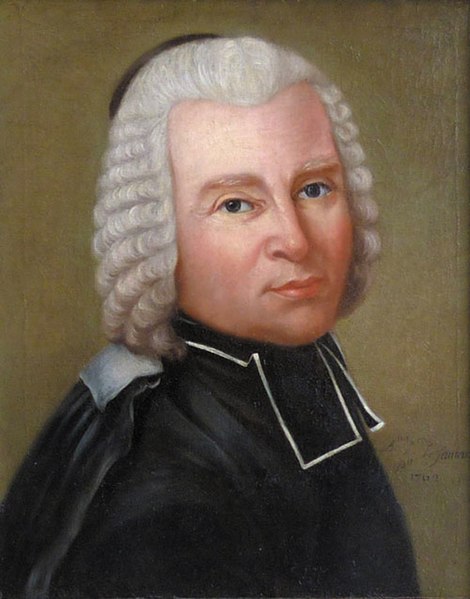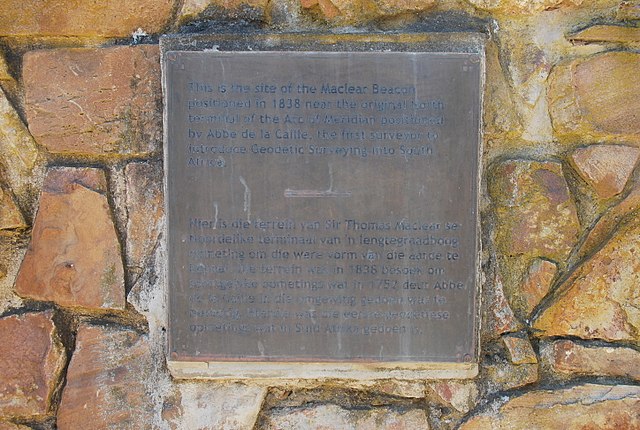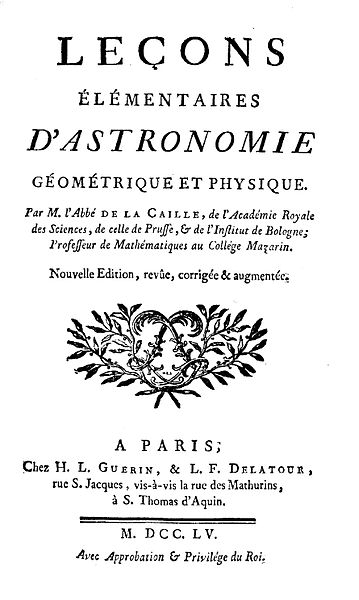Caelum is a faint constellation in the southern sky, introduced in the 1750s by Nicolas Louis de Lacaille and counted among the 88 modern constellations. Its name means "chisel" in Latin, and it was formerly known as Caelum Sculptorium ; it is a rare word, unrelated to the far more common Latin caelum, meaning "sky", "heaven", or "atmosphere". It is the eighth-smallest constellation, and subtends a solid angle of around 0.038 steradians, just less than that of Corona Australis.
Seen as “Cela Sculptoris” in the lower right of this 1825 star chart from Urania's Mirror
The constellation Caelum as it can be seen by the naked eye.
The Seyfert galaxy HE0450-2958, an unusual active galaxy in Caelum
Nicolas-Louis de Lacaille
Abbé Nicolas-Louis de Lacaille, formerly sometimes spelled de la Caille, was a French astronomer and geodesist who named 14 out of the 88 constellations. From 1750 to 1754, he studied the sky at the Cape of Good Hope in present-day South Africa. Lacaille observed over 10,000 stars using a refracting telescope.
Nicolas-Louis de Lacaille
A memorial to the Abbé de Lacaille and Thomas Maclear, at Aurora in the Western Cape of South Africa. The English portion of the inscription reads: "This is the site of the Maclear Beacon positioned in 1838 near the original North Terminal of the Arc of Meridian positioned by Abbé de Lacaille, the first surveyor to introduce Geodetic Surveying into South Africa." Open the image to see the Afrikaans portion.
Leçons elementaires d'astronomie, géométrique et physique, 1755 edition
Messier 55 is a globular cluster discovered in 16 June 1752.







